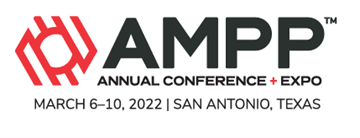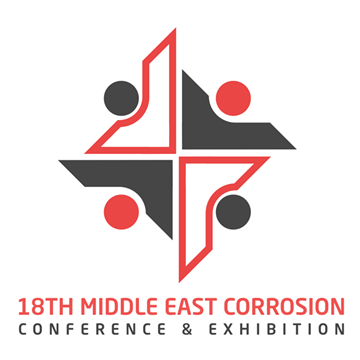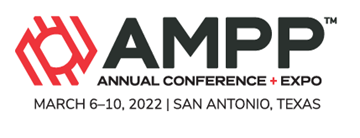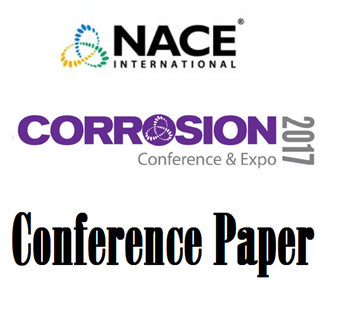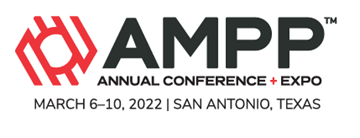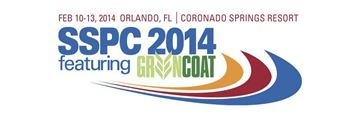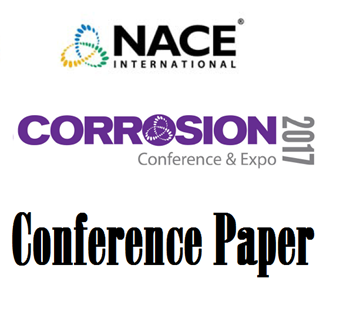Search
Products tagged with 'stainless steel'
View as
Sort by
Display
per page
Electrochemical Assessment Of The Influence Of Temperature On The Pitting Corrosion Reistance Of Metallic Materials In Brines
Product Number:
51322-17738-SG
Publication Date:
2022
$20.00
Environmental Limits And Susceptibility Of UNS S30403 To Environmentally Assisted Cracking In Thermal Oil Sands Operations
Product Number:
51321-16654-SG
Publication Date:
2021
$20.00
Evaluating the Effect of Surface Finishing on Microbial Induced Corrosion of Pipeline Steels
Product Number:
MECC23-20073-SG
Publication Date:
2023
$20.00
Evaluation Of Corrosion Pitting In A 317L Stainless Steel Surface Condenser Tube Bundle
Product Number:
51322-17564-SG
Publication Date:
2022
$20.00
Evaluation of Seawater Treatments to Mitigate the Corrosion Rate of Carbon Steels and CRAs Rigid Pipeline During Pre-Commissioning Operations and Long-Term Wet Storage
Product Number:
51324-21050-SG
Publication Date:
2024
$40.00
Evaluation of Susceptibility of 316L to Stress Corrosion Cracking in Aqueous Ammonium Chloride Environments with Low Dissolved Oxygen
Product Number:
51324-20875-SG
Publication Date:
2024
$40.00
Evaluation of the Potential for Liquid Metal Embrittlement of 304L Stainless Steel by Galvanized Fasteners in an Industrial Fire Scenario
Product Number:
51317--9192-SG
ISBN:
9192 2017 CP
Publication Date:
2017
$20.00
Field Application of Corrosion Resistant Weld Overlay in Ultra-Supercritical Coal-Fired Boiler Waterwalls
Product Number:
51320-14660-SG
Publication Date:
2020
$20.00
From 6Mo To Ni-Base – Characterizing The Corrosion Performance Of Two Important Material Groups
Product Number:
51322-17935-SG
Publication Date:
2022
$20.00
Galvanic Corrosion in Water & Wastewater Structures: Coupling Stainless and Carbon Metals Leads to Accelerated Corrosion
Product Number:
41214-840-SG
Publication Date:
2014
$20.00
Galvanic Current Density Measurements Of Anodes For Subsea Vibration Data Logger (SVDL) System
Product Number:
51321-16717-SG
Publication Date:
2021
$20.00
Geothermal Corrosion: High-Temperature Pitting of Stainless Steels and Ni-Alloys
Product Number:
51317--9269-SG
ISBN:
9269 2017 CP
Publication Date:
2017
$20.00

